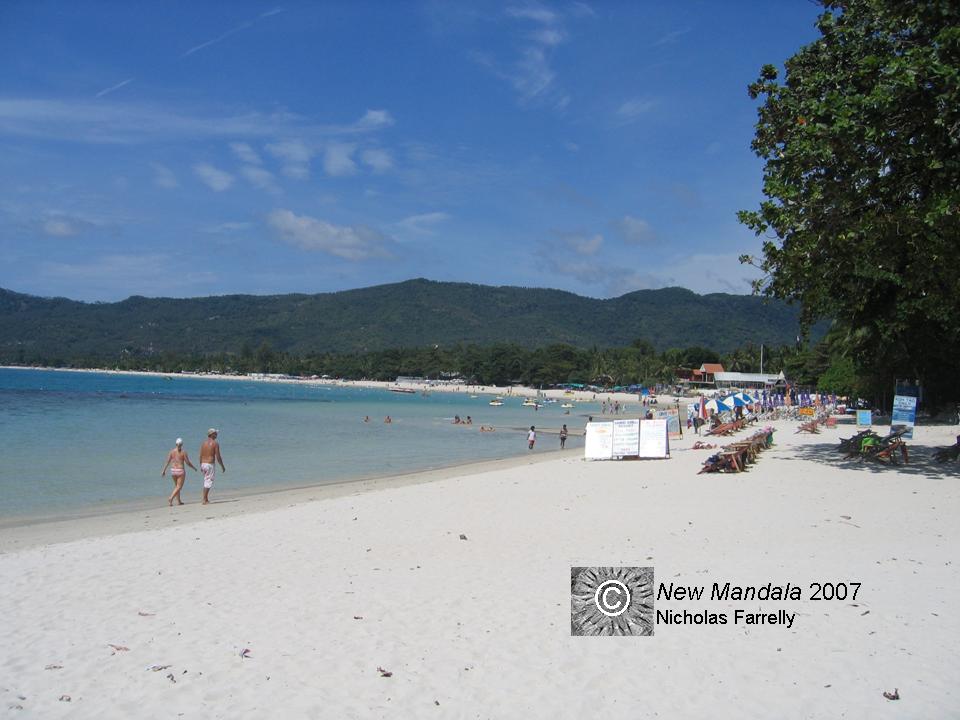Posts that discuss Southeast Asia’s tourist economies are a regular feature here on New Mandala. Today there is more news that confirms just how prominent the tourist scene has become. According to a handful of reports:
Thailand has been voted as the World’s Best Tourist Country in the Norwegian Grand Travel Awards 2007 held in Oslo, Norway earlier this month, according to the Thai Ministry of Foreign Affairs.
The Ministry said that the Thai Embassy in Oslo reported that it is the fourth consecutive year Thailand won the annual award organised by Travel News Magazine of Norway. Greece, Denmark and Italy ranked second, third and fourth respectively.
Alongside this recognition, the Pattaya Daily News – one of the many publications in Thailand with a serious stake in the tourist economy – has today published an upbeat overview of the tourist industry’s “resilience”. This article includes a few thoughts on future directions:
The maturity of cheap regional airlines will extend accessibility to remote Thai destinations while the possibility of a single-visa system for the region offers much scope. In Asia, there are now three such schemes being considered [including] the “Five Countries, One Destination” initiative adopted by Thailand, Cambodia, Laos, Vietnam and Myanmar…The prospects of sustainable tourism are looking favourable, but greater consideration must be given to the potential environmental impact in order to come into line with global consciousness, even if it requires compromise measures.
Overall, the prospects for Thai tourism continue to be encouraging. After all, the unique appeal of climate, affable people and diverse tourist attractions are hard to beat and will ensure Thailand’s popularity indefinitely, barring outrageous developments.
It is immediately clear to even the freshest visitor that Thailand enjoys a remarkable tourist economy. Through thick and thin, it has continued to attract increasing millions of foreign visitors as each decade has rolled by. Cambodia, Laos and Burma have, until recently, all looked on enviously and seen the Thais reap the lucrative profits (and associated problems) that tourism brings. These days, almost everybody wants a piece of the tourism pie. There is much (as yet) unwritten scholarly work that could really contribute to understanding this industry and its role in shaping political, social and economic forces across the region.
As the Pattaya Daily Mail article makes clear, tourism (in its many forms) is almost certainly set to continue its onward march. And so even if they are repulsed by the excesses of the industry – and try to ignore its impositions on what some might naively see as their turf – anybody who is serious about studying mainland Southeast Asia cannot ignore this scene.
Students of modern Southeast Asia can run from tourism but – almost no matter where they go or what they do – they can never hide…
 Facebook
Facebook  Twitter
Twitter  Soundcloud
Soundcloud  Youtube
Youtube  Rss
Rss 